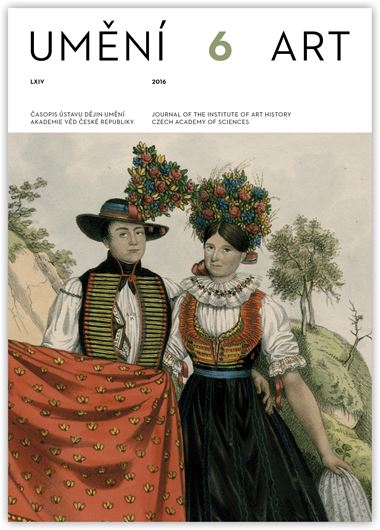Kateřina Horníčková – Michal Šroněk
Between Documentation, Imagination and Propaganda: Religious Violence in Prints Showing the Plundering of Monasteries in Prague 1611
This article focuses on a series of prints that depict attacks on Roman Catholic monasteries in the Prague Old and New Towns and the violence inflicted on monks in connection with the Passau invasion of Prague in 1611. Making use of new cultural and historical approaches that see art works of this type as a medium of communication in the Early Modern Period, they monitor the problem of the authority of the image as a historical source, and the relationship of the image to historical reality. The authors have created a chronological sequence of these propagandist prints, endeavouring to identify their original purpose, the intentions of the potential commissioners, and the context of their reception in a society divided into denominations. These prints are exposed in the text as an instrument of visual manipulation intended to persuade the viewer of a certain interpretation of events, and to be an effective argument in the denominational conflict. The basis of the article is a detailed analysis of the individual prints and their related pictorial sources, and of their visual field and the visual accents that correspond to the intentions and background of those who commissioned them, clearly from a Roman Catholic environment. It is possible to deconstruct from these ‘direct’, ‘documentary’ sources ‘faithfully’ portraying reality – as the prints were previously regarded – various motivations on the Catholic side: for example, an attempt to glorify and canonise the murdered monks and to denounce the offenders as heretics, through accentuation on elements of carnival and the visual topoi of blasphemy, as well as a transformation of the lens through which the events are portrayed under the influence of the new visual sensitivity of Catholicism. The authors place these prints in the context of propagandist leaflets with a denominational theme, discussing aspects of the way the image/leaflet functioned as documentation and the authority of an image that relies on an illusion of truth and authentic evidence.
Full-text in the Digital Library of the Czech Academy of Sciences:
https://kramerius.lib.cas.cz/uuid/uuid:7790dcb5-b4d9-4890-99e6-d16757dd7b65
< back

